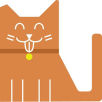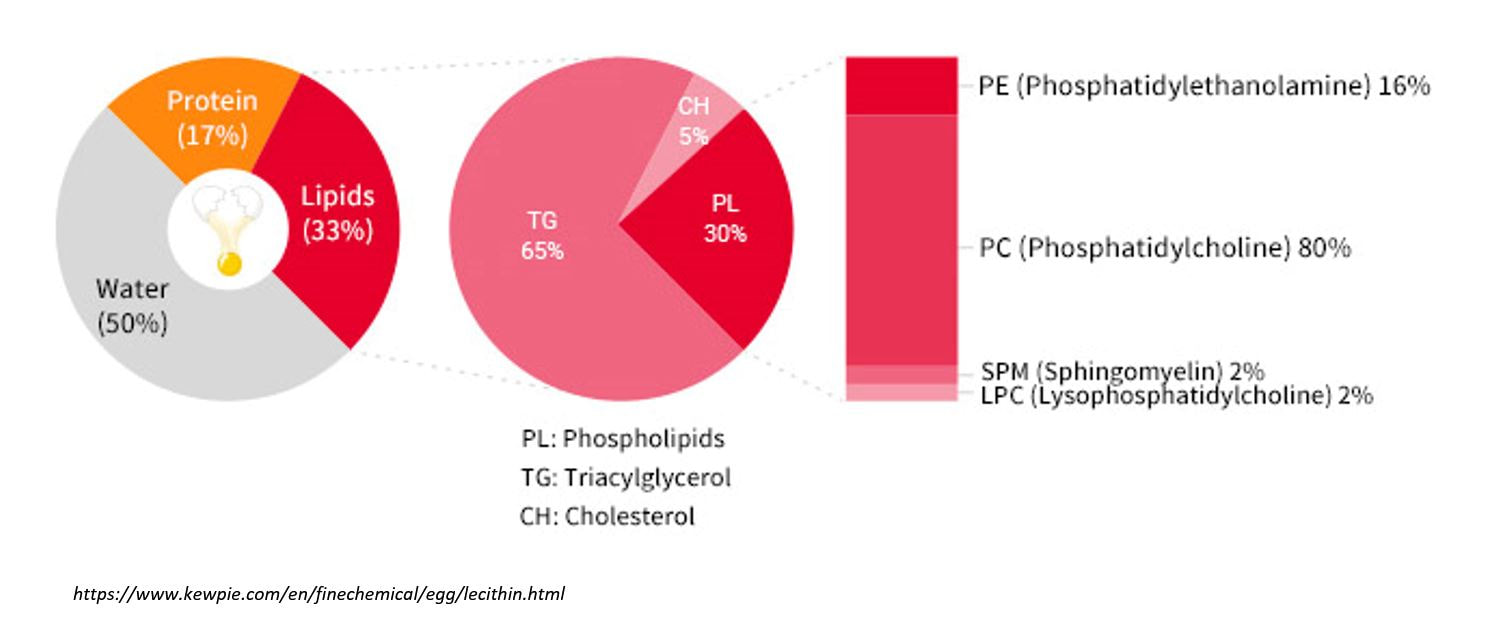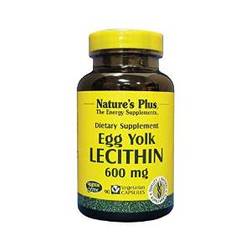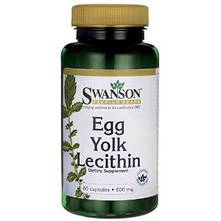Hairballs are Not Normal
Updated April 2020
Often the butt of jokes, most people that share their lives with a cat find nothing unusual about putting on a shoe with an ewey gooey hairball in it. As it turns out, we shouldn’t be making jokes, because hairballs are an early warning sign that something is wrong with our kitties.
Dr. Gary Norsworthy and associates published the rather shocking finding, in a review of 100 cats presenting with
- frequent vomiting, or vomiting a hairball more than once every two months, and/or
- chronic small bowel diarrhea,
- some weight loss, or a combination of these
that 99 of those 100 cats had either Inflammatory Bowel Disease (“chronic enteritis”) or cancer. The retrospective case history was expanded to 300 cats, results published in 2015. Study results were substantially similar. We know that IBD is associated with gut dysbiosis, and microbiome research in cats published in 2019 "lends support to the hypothesis that IBD and SCL are not two different diseases but rather a continuum."
So no, hairballs that require management are not normal and reflect a disease process related to gut dysbiosis. How to manage hairballs is addressed in this article. How to manage the underlying problem, gut health in our obligate hypercarnivores, is addressed here.
Hairballs are a sign that the stomach is not emptying properly. This can happen for many reasons, and a frequent one is the food we feed our cats and/or how we feed our cats (free-feeding). Inappropriate ingredients and/or free-feeding can contribute to the development of hairballs. Carbohydrates impact motility. Fiber slows transit. Indigestible solids are the last thing to leave the stomach, and without the strong peristaltic waves created by hunger pangs, many cats do not completely pass the hair out of their stomachs. This hair gets bound up by fats kitty eats - and yep, the result is a stinky gloppy hairball. Switching to timed meals from free-feeding is an important part of hairball prevention - but addressing motility with food appropriate for cats is extremely important for long term health. Many recommend a grain-free, wet-food only diet. Sure, this will help some cats. Of course, a truly species-appropriate balanced diet made with fresh, minimally-processed food you make at home is best (and EZcomplete fur Cats enables you to do this worry-free!). Many cats transition to homemade and go through a few days of vomiting hairballs. It's distressing, but it's also eye-opening. Who knows how long those were brewing? Many of these same cats often see their hairball problems resolve once fully transitioned to raw food. Those are the lucky ones, the kitties whose gastrointestinal (GI) systems were not damaged by feeding commercial food (usually a food with grains or high in carbohydrates, even if labeled "grain free," before we knew better about our cats’ needs). The switch to raw for others uncovers that damage, and getting past serious hairball problems can be a challenge. Some cats’ systems will heal with time, others may need life-long support to prevent hairballs.
Traditional hairball treatments leave a lot to be desired. At Food Fur Life we believe in addressing the underlying problem, not the symptom. Most hairball products contain petroleum jelly and/or mineral oil. They help lubricate hair through the system, but they do not address the underlying problem. A problem that we now know definitively - thanks to the work of Dr. Norsworthy and colleagues - is one of motility. For preventing those impaired GI systems from creating hairballs, there are much better choices than indigestible grease. Petroleum jelly and mineral oil-based products are not healthy long term solutions for obvious reasons. More importantly, they do not address any aspect of the underlying problem. That said, in a hairball crisis when a hairball is blocking the pylorus (which then prevents food from leaving the stomach) petroleum jelly is an important tool. This is explained below.
And while fiber can aid intestinal motility (an underlying problem in many GI diseases), unless your kitty has lasting GI impairment, the problem with fiber is that it bulks the stool. Cats eating a natural diet do not have bulky (or smelly) stool. Bulky stool can, over time, impact muscle tone of the colon, reducing elasticity and making passing stool more difficult. A cat’s natural diet contains almost no plant fibers, so physiologically it just makes sense that long term use may have an unwanted consequence. Fiber can be an important tool for short-term use, but long term, it is always best to treat our cats as the obligate carnivores they are. And there is a species-appropriate (animal-based) solution. Egg yolks and egg yolk lecithin are – in our opinion – the best long term choices for managing GI motility problems that create hairballs in our cats.
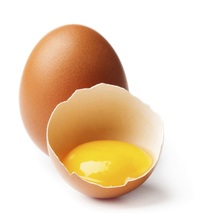
Why Do Egg Yolks and (Egg Yolk) Lecithin Help Resolve and Prevent Hairballs?
Egg yolks provide many nutritional benefits, and are one of the richest sources of lecithin and choline. And while the egg yolk is fatty, it is comprised of very important "functional" fats called phospholipids. It is the lecithin and choline within this group that aid in hairball management.
Lecithin. Lecithin is technically a fat, but it is functionally a fat emulsifier. Fat is what binds the hair in the stomach, creating that sticky, often stinky, gooey mess that is a hairball. Lecithin emulsifies the fat binding the hairball(s), better enabling kitty to pass the ingested hair. As you can see in the chart, lipids (fat) make up about 1/3 of the egg yolk. Of that, about 30% are the phospholipids, the bulk of which comprise lecithin. The term "lecithin" is often used interchangeably with "phosphatidylcholine," but that is incorrect. Lecithin includes another lipid group, that together typically comprise 75% - 96% of the phospholipids in the yolk.
Choline. Choline is a component of the phosphatidylcholine in lecithin. It is an organic, water-soluble compound that is neither a vitamin nor a mineral, but it acts much like a B vitamin and is typically grouped with them. Choline is required for the synthesis of acetylcholine, a prokinetic, meaning it stimulates motility. It is one of the primary neurotransmitters of the autonomic nervous system (that includes the GI tract). The stomach and the intestines contain a muscular layer that allows for wave-like contraction of the organs, known as peristalsis. This process propels food through the digest tract. The National Digestive Diseases Information Clearinghouse states that acetylcholine increases the contractions seen in the muscular layer, thus improving peristalsis and pushing food efficiently through the digestive tract. Choline (and its component acetylcholine) improve GI motility, which is what propels hair through so it comes out the proper end.
Egg yolks provide many nutritional benefits, and are one of the richest sources of lecithin and choline. And while the egg yolk is fatty, it is comprised of very important "functional" fats called phospholipids. It is the lecithin and choline within this group that aid in hairball management.
Lecithin. Lecithin is technically a fat, but it is functionally a fat emulsifier. Fat is what binds the hair in the stomach, creating that sticky, often stinky, gooey mess that is a hairball. Lecithin emulsifies the fat binding the hairball(s), better enabling kitty to pass the ingested hair. As you can see in the chart, lipids (fat) make up about 1/3 of the egg yolk. Of that, about 30% are the phospholipids, the bulk of which comprise lecithin. The term "lecithin" is often used interchangeably with "phosphatidylcholine," but that is incorrect. Lecithin includes another lipid group, that together typically comprise 75% - 96% of the phospholipids in the yolk.
Choline. Choline is a component of the phosphatidylcholine in lecithin. It is an organic, water-soluble compound that is neither a vitamin nor a mineral, but it acts much like a B vitamin and is typically grouped with them. Choline is required for the synthesis of acetylcholine, a prokinetic, meaning it stimulates motility. It is one of the primary neurotransmitters of the autonomic nervous system (that includes the GI tract). The stomach and the intestines contain a muscular layer that allows for wave-like contraction of the organs, known as peristalsis. This process propels food through the digest tract. The National Digestive Diseases Information Clearinghouse states that acetylcholine increases the contractions seen in the muscular layer, thus improving peristalsis and pushing food efficiently through the digestive tract. Choline (and its component acetylcholine) improve GI motility, which is what propels hair through so it comes out the proper end.
Composition of Egg Yolk
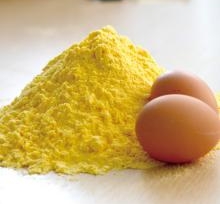
When and How to Use Eggs Yolks and (Egg Yolk) Lecithin
To prevent hairballs, for many kitties, apart from steps to avoid hairball ingestion (frequent brushing or a lion cut - for some, even just a belly shave (where they groom the most) helps immensely), the use of additional egg yolks in the diet (one or two a week) alone is often sufficient to prevent hairballs. For some cats, additional yolk can cause soft or runny stool, so please introduce it slowly, and work up to smaller amounts fed more frequently, rather than a whole yolk at a time. EZcomplete fur Cats does contains yolk, but even in our own cats, additional yolk is sometimes needed, especially if there was already IBD or a compromised GI tract. If your kitty is having a problem with hairballs, consider making dried, powdered egg yolk, it's easier to give in measured amounts. Many cats that aren't fans of raw yolk love it dried, and being more concentrated, experience indicates it is more effective. Instructions to make your own are here: How to Make Dried Egg Yolk Powder, or you can also buy our human grade, powdered egg yolk (no flow agents added!): EZ Egg Yolk. If the addition of yolk alone doesn't resolve the problem, or if yolk causes soft stool consider using or including egg yolk lecithin to help keep hairballs at bay. The egg yolk lecithin emulsifies the fat binding the hair into a hairball. Again, this works on a preventative basis, not for tightly formed existing hairballs.
For kitties with “more difficult” hairball problems, an egg yolk lecithin supplement may also be needed. Sometimes they need the extra help to make sure the fat is emulsified on top of the combined benefits of the choline and lecithin in the whole yolk. If using an egg yolk lecithin supplement, start small and work up as needed. Introduce just 1/4 capsule (or less). Work up to ½ capsule sprinkled onto or mixed into food every-other-day. Keep an eye on the litter box: unfortunately some cats may develop diarrhea before a completely effective dose is reached. For this author, 2 full capsules daily were needed for her kitties with the worst hairball problems (during shedding seasons). The effective maintenance dose needed during the shedding seasons will be higher than off-season. The “difficult hairball kitties” in our home required only ½ capsule daily off-season for their first few years on raw. Now they need none off-season. Raw fed cats do heal, and their hairball problems generally become less severe with time.
A note of caution: in addition to improving GI motility, acetylcholine also increases GI secretions. We've never seen this be a problem when given in its natural form via the yolk, but it is mentioned that acetylcholine may exacerbate ulcers if your kitty has or is prone to developing them. It is always best to discuss diet and supplements with your vet.
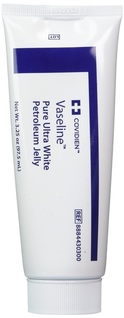
A Hairball Crisis?
One of the main symptoms of a hairball or hairballs is vomiting undigested food up to many hours after eating. If you have any reason to believe your cat may have ingested a foreign object (such as a toy or other dangerous, indigestible object), please get your cat to a vet as soon as possible, that can be a life-threatening emergency. The primary difference between a hairball blocking the pylorus and preventing food from emptying from the stomach and the ingestion of a foreign object causing a surgical emergency is behavior. Most cats with hairballs will vomit, and may be a bit nauseous at times, but otherwise their behavior is generally completely normal, and they are often hungry immediately after vomiting. If your cat has thrown up undigested (or mostly undigested food) a little while after eating (especially if it has been hours after eating), has been otherwise acting normally, and then is hungry after throwing up - this is often a hairball preventing food from leaving the stomach. (If kitty regurgitates the meal immediately after eating, especially if there has been some time between meals or it is the first meal of the morning, consider the problem may be due to acid, and see our article, My Cat is Vomting, What Do I Do?) But when a hairball is blocking the stomach from emptying, plain, unscented, 100% pure petroleum jelly is the quickest, most effective treatment. Pharmaceutical grade is even better. The thinking behind the commercial hairball aid supplements and treats that use petroleum jelly is that it lubricates the hairball to help push it through the GI tract and out - but petroleum is not something we want our cats to ingest all the time! When there is a "hairball emergency," yes, a few doses of petroleum jelly will help far more than it will hurt. They do not digest or metabolize it, so you may see soft stools when you need to use it.
To get it into your cat, it is helpful to put the petroleum jelly in the fridge prior to use. The firmer texture makes it easier to get into your cat (though we do find they more readily eat the pharmaceutical grade). Some cats will lick it off their paws if you swipe a short ribbon onto their paw. Many will just fling it off. You may have to scoop a small blob onto your finger and swipe it into your cat’s mouth (1CC – 2CC). Swipe it in at the back corner, towards the roof of the mouth, and hold your cat’s head up, pushing up gently under the chin to help your cat swallow the stuff rather than spit it out (though some cats like it and will just eat it). Petroleum jelly should be given once or twice a day (during a hairball crisis ONLY) and is usually needed only for one to three days. Petroleum jelly does interfere with nutrient absorption, so please do not use this for more than a few days. If short term use does not see an improvement in the vomiting, please get kitty to the vet.
For other hairball management tips or questions, you’ll find excellent help and support in a group that helps cats with impaired GI motility, the Facebook group Raw Feeding for IBD Cats (formed by the Owners of Food Fur Life).
